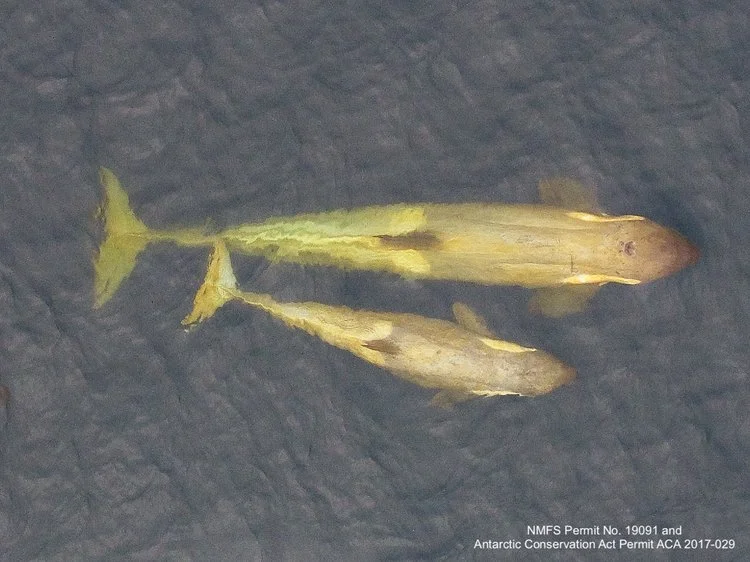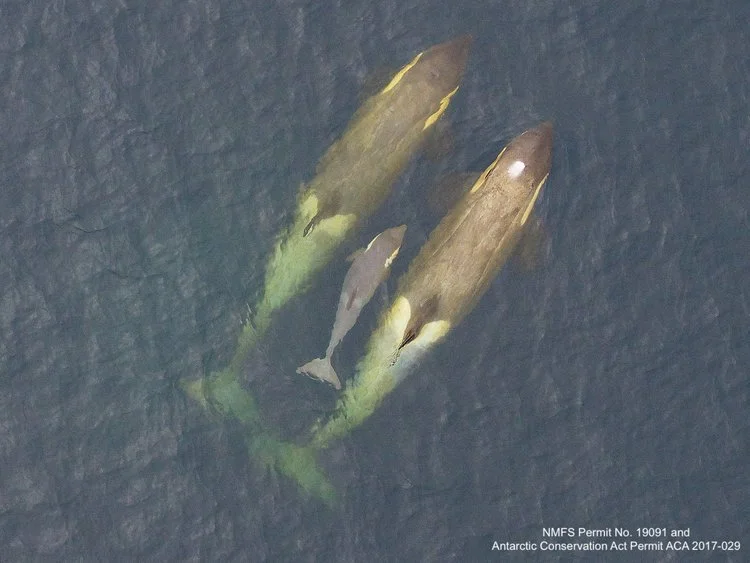Antarctica 2018 Research Efforts Wrap Up
That’s a wrap- an extremely productive month of research on whale health in the Antarctic Peninsula comes to a close! Dr. Holly Fearnbach, SR3’s Marine Mammal Research Director, and her colleagues John Durban (NOAA) and Leigh Hickmott (Open Ocean Consulting) are heading home after another successful season onboard Lindblad Expedition’s National Geographic Explorer. Their research focused on assessing how top predators (killer whales) and top consumers (humpback and minke whales) are coping with the rapidly warming marine ecosystem of the Antarctic Peninsula. The team was able to collect photo-identification data from seven groups of all three types of killer whales (A, B1 and B2) as part of their long-term population monitoring project. Using their small unmanned hexacopter, they were able to collect aerial images from three of these groups comprising 25 different whales. Photogrammetry measurements from these images will be used to monitor body condition to assess current nutritional status and will add to data collected in 2016 and 2017 on the length distributions of the different types to infer trophic requirements. In addition to a robust group of B1 killer whales encountered at the start of the project, the team documented several thin B2 killer whales, including an adult female with a small dependent calf, as well as tiny newborn calf- the smallest they have observed in Antarctica (see images). Aerial images were collected from 25 humpback whales, matched with 11 blow samples, and 35 Antarctic minke whales, matched to 7 blow samples. These paired image/blow samples will be used to link the respiratory health of individual whales to their body condition.
These efforts are supported by the Lindblad Expeditions-National Geographic Fund (LEX-NG), NOAA Southwest Fisheries Science Center and SR3.
Aerial photographs of Type B2 killer whales in the Antarctic Peninsula showing: an emaciated adult female B2 killer whale with a dependent calf (left) and a newborn killer whale calf swimming between her mother and another family member (right). Note that the eye patches on the head of the emaciated whale (left) follow the shape of the skull due to fat loss behind the head. These images were collected from >30m (100ft) above the whales using a small unmanned hexacopter. Research conducted under NMFS Permit No. 19091 and Antarctic Conservation Act Permit ACA 2017-029.


